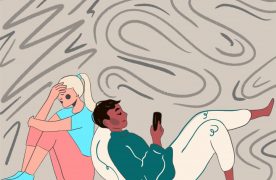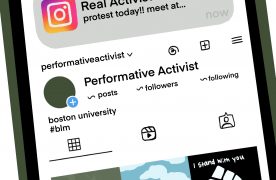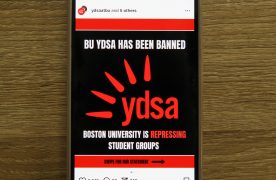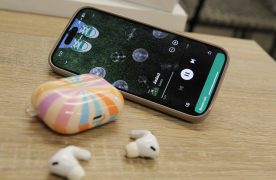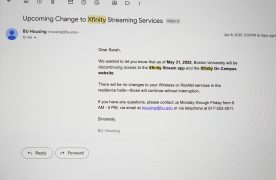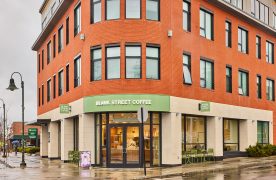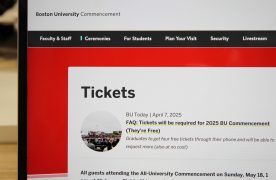Darnella Frazier was 17 years old when she witnessed police officers brutally murder an innocent Black man on the streets of Minneapolis. Frazier and other witnesses could only stand by and watch as George Floyd took his last breath.
She couldn’t call on the police for help because they were the ones committing the crime right before her eyes.
So Frazier filmed the incident on her cell phone, and promptly uploaded it to Facebook.
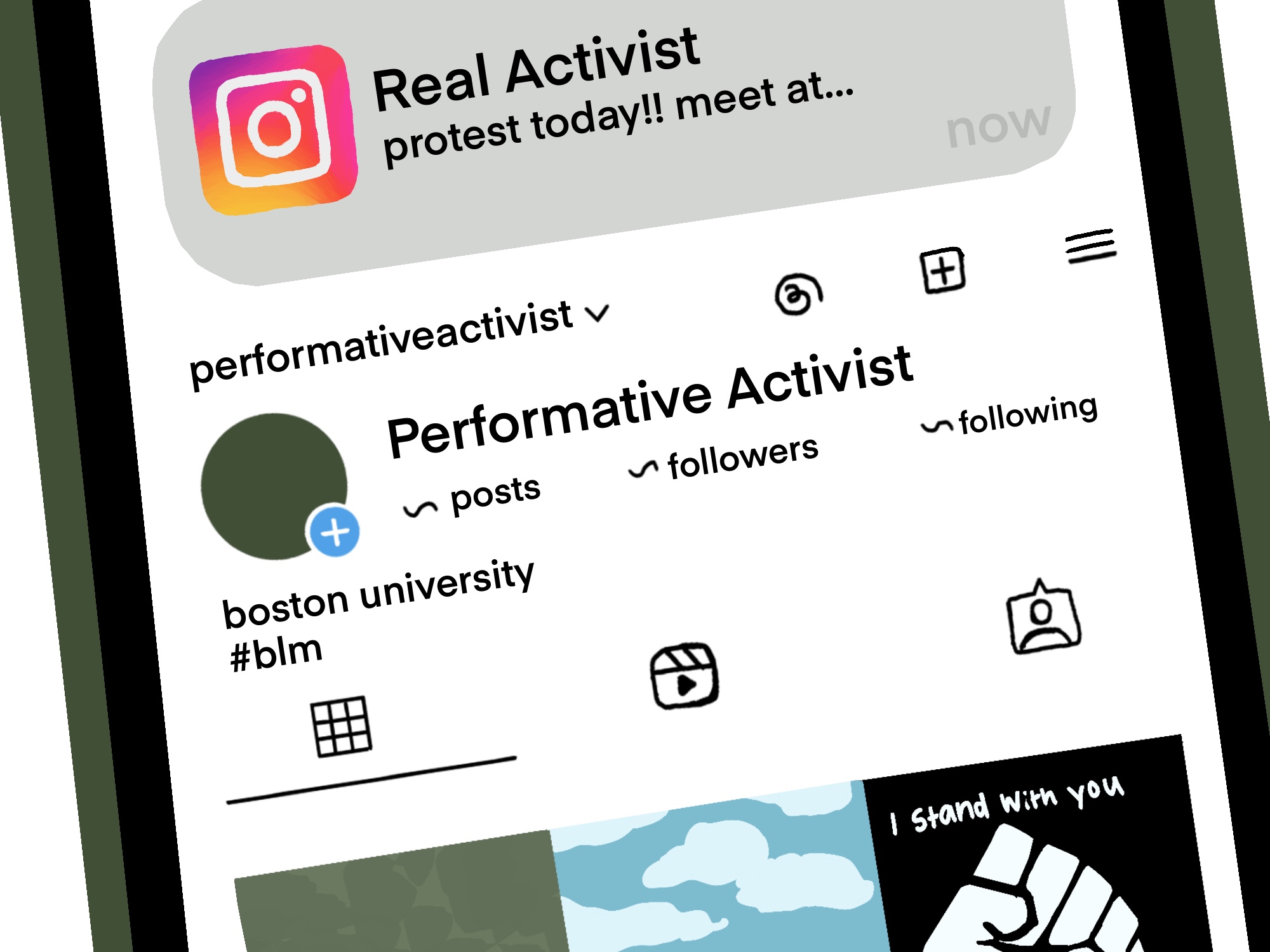
Though many recall 2020 as the year they first interacted with the Black Lives Matter Movement, this was not the year it started. Black Lives Matter has been around since 2013, sparked by the murder of Trayvon Martin.
Frazier’s video was viewed by 79% of Americans and reinvigorated the Black Lives Matter Movement. Despite the difficulties of gathering during a global pandemic, polls conducted by the Pew Research Center and the Kaiser Family Foundation suggest that somewhere between 15 million and 26 million people participated in the 2020 protests.
These estimates would make the Black Lives Matter Movement the largest protest movement in American history — but not the most impactful.
So how has the insurgence of social media changed how protest movements work in America?
Social media has certainly made information about protests easier to spread to millions of people.
According to the Pew Research Center, about half of social media users claim to be politically active on social media. Whether this means using hashtags such as #BlackLivesMatter or #MeToo, or spreading information about local protests, social media has become a crucial platform for political messaging.
Over 40% of Americans who view police brutality as an issue that our country faces say social media is an effective means of bringing widespread attention to the issue over news channels that share similar information.
Black Lives Matter is not the only protest movement that has been enhanced and spread by social media.
The Arab Spring of 2010 was largely induced by Twitter users, and the #MeToo movement, which started in the early 2000s, only gained widespread attention through use of the hashtag by celebrities online.
In the era of the Civil Rights Movement, the only way to show support for the cause and make noticeable waves in society was to take to the streets.
In the digital era, many use social media as a cop-out for true activism, believing they are “protesting” behind the safety of their screens. We call this performative activism, which is defined as “activism that is done to increase one’s social capital rather than because of one’s devotion to a cause,” according to the Boston Medical Center.
This takes the true meaning and power behind protesting and activism and puts it within the oversaturated universe of the media. Rather than putting true time and effort into demonstrating for just causes, it takes just seconds to share a tweet or repost an infographic on an Instagram story.
While social media spreads awareness on important issues and may bypass the censorship that traditional media outlets obey to, almost 80% of Americans agree that social media distracts from important causes as well as makes people feel as though they are making a difference when they truly aren’t.
I remember quite clearly the first time the notion of performative activism ever crossed my mind — Blackout Tuesday. 28 million people took a stance on the Black Lives Matter movement by posting black screens to their instagram pages with an accompanying hashtag..
I remember feeling conflicted — it was amazing that so many people were showing support for this movement and taking a side, but what were these black screens accomplishing? Was it simply to let others know, “Hey, I’m not racist”?
Of course, a couple of weeks or months later, the black screen posts were taken down in efforts to preserve the Instagram aesthetics.
Social media can be a crucial tool in spreading information the government does not want traditional broadcast media to share, and it can bring millions of people together in days of mass protest all around the country.
But social media has also become a tool for complacency.
How many people claimed to be engaged in the Black Lives Matter Movement without ever leaving the comfort of their own homes?
As history has proven time and time again, when we truly take to the streets and put our bodies on the line, that is when we see real change enacted in the institutions of our society.






